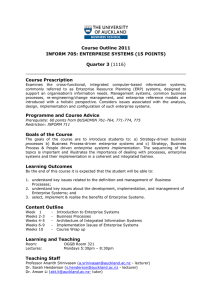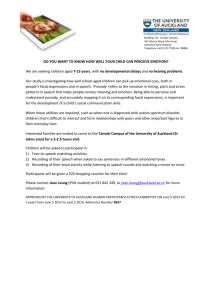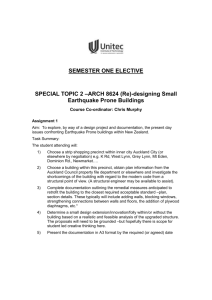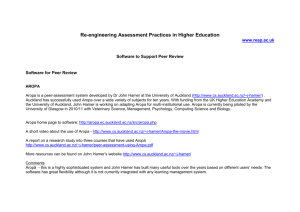Issues for New Zealand Cities
advertisement
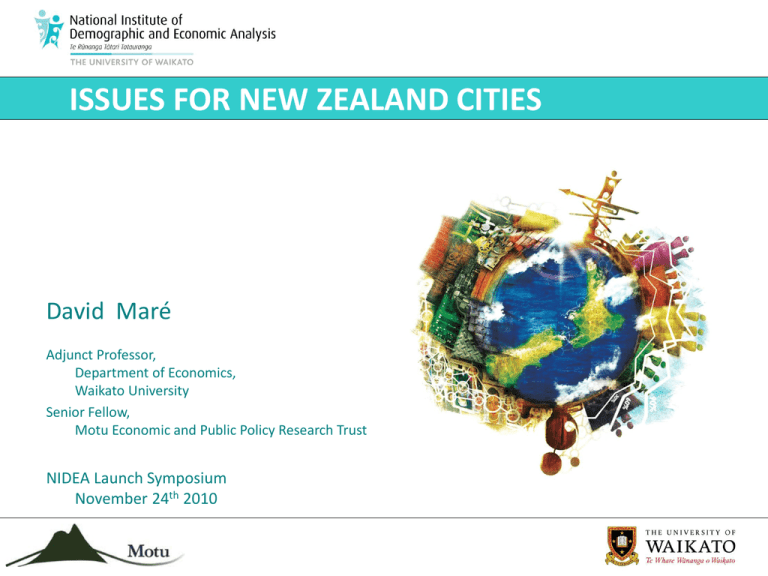
ISSUES FOR NEW ZEALAND CITIES David Maré Adjunct Professor, Department of Economics, Waikato University Senior Fellow, Motu Economic and Public Policy Research Trust NIDEA Launch Symposium November 24th 2010 Cities & the tides of economic and demographic change • Concentration – of population; of production • Connections – Within cities; Between cities • Composition – Demographic Change; Industrial structure Concentration • Geographic Concentration is growing – Internationally, growth in city-regions – In NZ, Auckland Urban Area’s population share is c. 30% (and growing) • Concentration improves outcomes – . . . and inequality Concentration – New Zealand • Density and firm performance are positively related – 10% higher density => 0.7% higher productivity (mfp) • 6% - 9% Auckland Region premium relative to Cant, Wgtn, Waikato – Innovative firms are located disproportionately in cities • Auckland wages and productivity – Auckland firms have 25% higher (labour) productivity • Higher premium for industries that are over-represented in Auckland and concentrated within Auckland – Auckland wages are 7% higher • Much larger premium at the top of the distribution Connections • Connections within cities – Beneficial interactions at small spatial scale – The paradox of ‘placeless’ technology • Its use complements face-to-face contact • Cities (and regions) depend on each other – Connectedness more costly in a long thin country • Global connectedness – Flows of goods, ideas, people, money International Connectedness – Dairy products Source: Blayney & Gehlar (2005) International Connectedness – Passenger links London New York Sydney Source: Derudder & Witlox (2005) Composition • Changing economic composition – Large cities gain from specialisation and diversity • Cities favour firms that benefit most from these – Smaller cities specialise in industries • Changing demographic composition – Geographic dimensions of population ageing • Cities are younger and more skilled – City growth through entrants (Immigrants) Challenges • • • • Congestion Coordination Cultural change Climate pressures – Sprawl v intensification • Competitive advantage Research Directions Concentration • Concentration and firm productivity – For which firms? – Price effects • Concentration and skills • Optimal Size & Urban Form Connections • The Interdependence of NZ system of cities/ regions – Transport & Services links – Value chains • NZ cities within Australasia • Global flows Composition • • Functional specialisation and competitive advantage Regional cascade of demographic change − − Ageing; Migration Thank you dave.mare@motu.org.nz www.waikato.ac.nz/nidea

